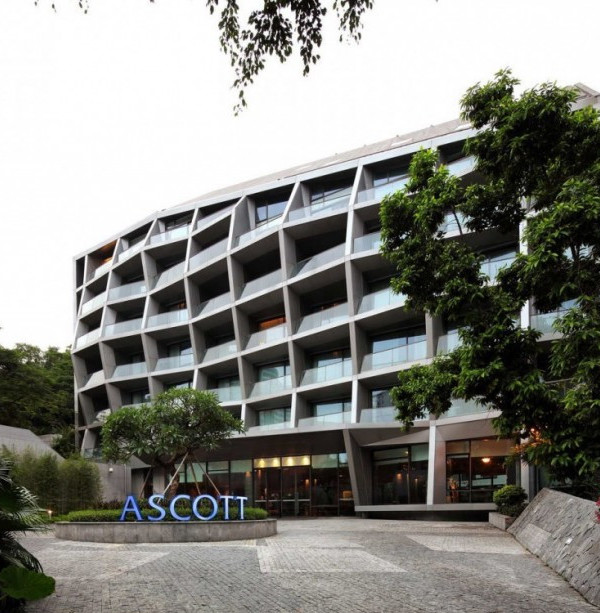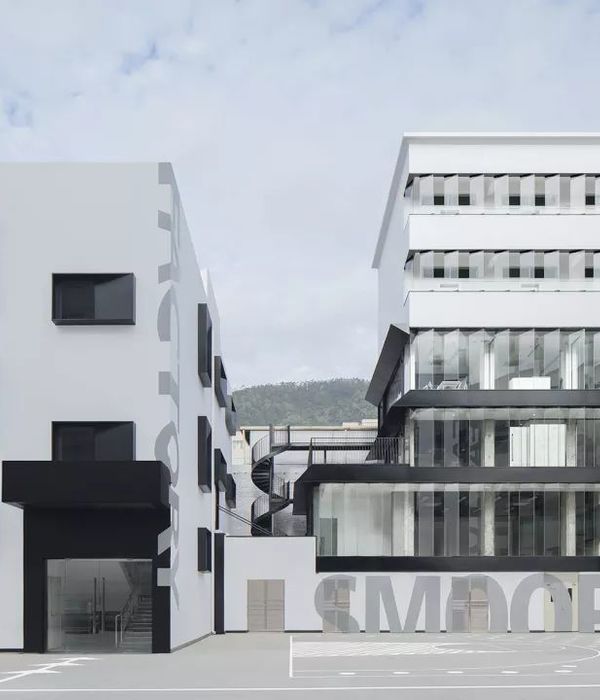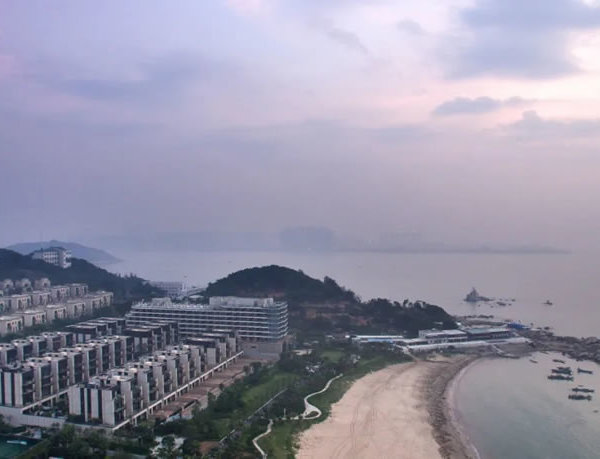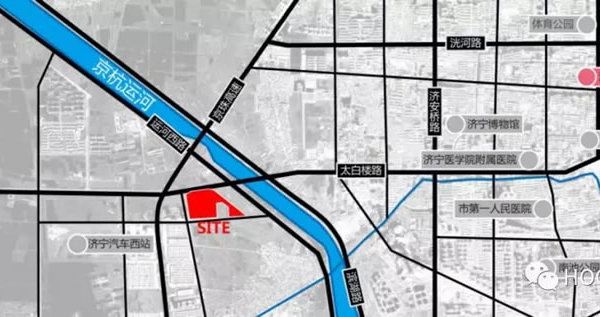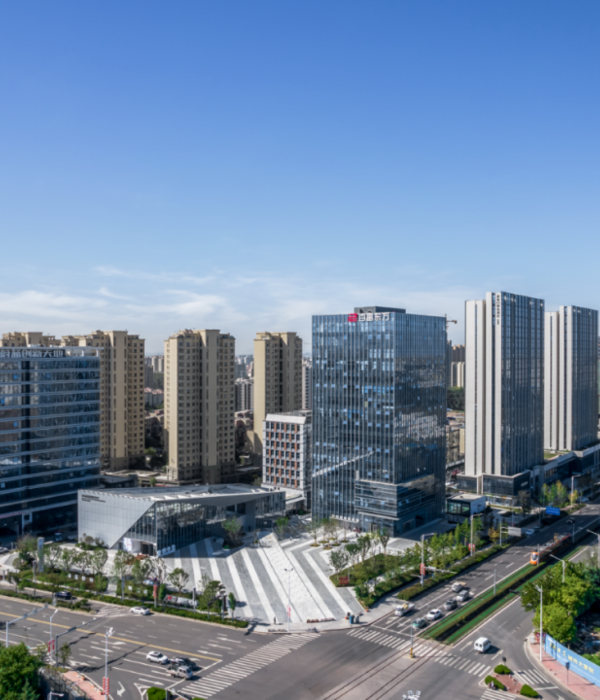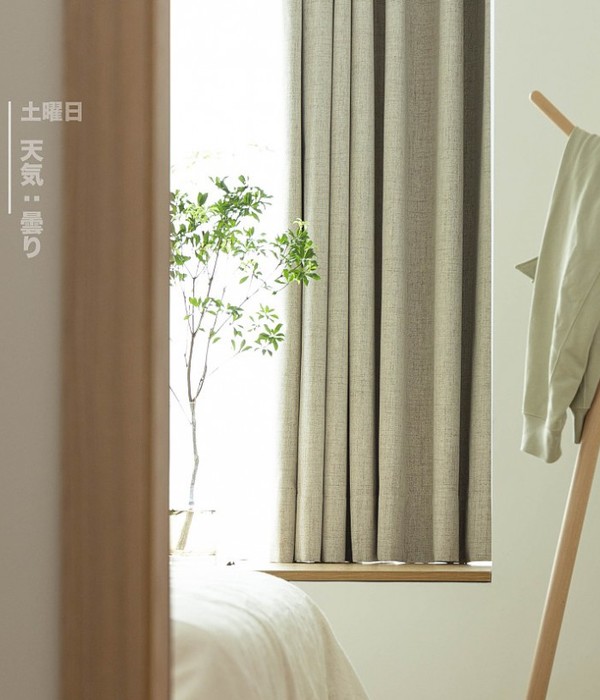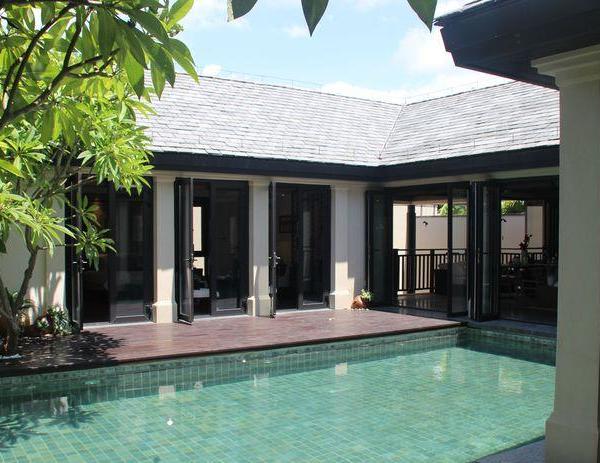婺源天净沙古民居驿站,原身为一座近300年的徽派老式建筑,文化的沉淀和岁月的洗礼令建筑本身蕴含优雅风韵,加上设计师的现代思维和精致改造,令其完成了一次贯穿古今的华丽转身,释放出自然舒适又平易近人的低调奢华气质。
An authentic luxury retreat in rural China, Wuyuan Skywells captures the essence of a bygone era in the millennium-old Yan village. The Skywells project focused on the preservation rather than the modernization of a 300-year-old Huizhou-style property deep in East China’s Jiangxi Province, something that has not gone unnoticed as the project continues its winning streak in this year’s design awards circuit.
▼建筑外观,exterior view
酒店的英文名Skywells来源于当地特色建筑元素——天井,也就是房子和外墙之前自然围合的一片狭窄的露天空地,天井最直接的好处是将室外的明媚阳光巧妙引入室内。委托方是一对早年在上海居住的夫妇,他们倾注了所有积蓄买下了这栋房产,并且以管理者的身份在维护这座建筑,而非将其作为酒店经营。业主提出的要求是要在保护文物和工艺品的同时,恢复建筑原本的宏伟和优雅气质。这座房子由于位置偏远,最终能够在动荡的20世纪得以幸存。它曾经被奔波的商人们用作旅馆,在抗日时期还曾是中国军人们安全的避风港。
The hotel is named after the English translation of “Tian Jing”—a regional architectural feature comprising of narrow courtyards that let daylight into surrounding rooms. A multiracial couple earlier based in Shanghai, the clients used their life savings to purchase the property and turn it around while acting as custodians rather than gentrifying hoteliers. One of the key requirements was to preserve not only the recoverable artefacts but to also recreate the grandeur and elegance that was associated with the mansion, which, due to its remote location, was fortunate enough to survive a tumultuous 20th-century China. Having once served as an inn for merchants traversing through the region, the building had suffered much neglect for most of the 20th century and was also a haven for Chinese soldiers fighting the Japanese invasion of the mainland.
▼入口区域,entry way
▼天井:房子和外墙之前自然围合的一片狭窄的露天空地,“Tian Jing”—a regional architectural feature comprising of narrow courtyards that let daylight into surrounding rooms
虽然建筑本身设有天井,但房间的窗户面积较小。为了弥补建筑本身自然光线不足的缺陷,设计师沿着天井,在房间的墙面上开设了可开启的窗楹,并配置了精致的木质雕刻花纹,与原本的建筑特色完美融合。以砖和黏土砌筑的墙壁根据当地传统进行了修复和重建,能够使房间在炎热的夏季也保持凉爽。
Though the building features sky wells, the rooms and suites themselves do not feature generous windows. To avoid polluting the external appearance and original architecture, the team introduced latticed panels on walls facing the skywells, and high-quality artificial lighting. Brick and clay walls were restored and rebuilt according to local tradition and keep the structure cool during hot summers. In terms of energy use, the hotel has a better level of thermal insulation and waste water management than the local standard.
▼精致的雕花窗楹弥补了光线不足的缺陷,latticed panels on walls facing the sky wells provide more natural light to the internal space
▼窗户与原本的建筑特色完美融合,the window elements are integrated well with the original interior
14间套房的室内色彩搭配以暖色以及简约的中性色调为主,搭配上大胆而跳跃的亮色,保持古韵风华的同时,为房间注入盎然生机。怀揣对清代建筑语言的崇敬,在保留古建筑文件精髓的基础上,恰到好处地添加现代的结构加固和功能扩展,达到原始质朴和与时俱进的完美契合。
Original and traditional elements in public areas were retained while the more private spaces for guests were contemporized with playful fittings and modern-day amenities, with the interior design of the 14 suites dominated by a mélange of warm and cool neutrals interspersed with occasional bright accent colors.
▼客房,guest room
整个项目的建造过程更像是一个大规模的文化遗产修复工程,尤其是那些精美绝伦、细致生动,却亦饱经岁月摧残的木质承重结构以及木质雕花饰面,让设计团队费劲了心思,几乎束手无措,反反复复,几经辗转,终于找到隐藏于民间的当地资深木工老匠人,运用其精湛的手工技艺和独特的修复方法,让原本破旧残缺的的木结构和木雕花重获生机,无惧岁月,跨越古今,依旧煜煜生辉。修旧如旧,浑然天成,这是修复项目的核心,也是设计师的本心。
The team executed in a manner that respected and honored the local architectural history and features and restore in a manner where current and future generations could understand and appreciate traditional design. A unique aspect of the property was the internal timber frame, ornately carved in public areas. Since large parts of the frame had been destroyed due to severe neglect, the team searched for and engaged the services of Yuzong, a talented local artisan with the requisite skill and experience. In addition to basic restoration, he also rendered replacements for irrecoverable decorative carvings as per traditional and his own adapted designs. His replacement carvings for the main beam in the entrance area are particularly significant as they employ motifs inspired by the clients’ background and story. In this way, the cultural aspects of the property were not only given a facelift but were also upgraded to reflect a new chapter in the building’s legacy.
▼公共空间,public space
▼修旧如旧,浑然天成,the building was restored in a manner where current and future generations could understand and appreciate traditional design
▼庭院夜景,courtyard night view
▼场地平面图,site plan
▼首层平面图,plan level 1
▼二层平面图,plan level 2
▼屋顶平面图,roof plan
▼剖面图,section
Technical Data
Wuyuan Skywells Hotel
Client: Wuyuan Skywells:
Edward Gawne, Selina Liao
Location: Wuyuan, Jiang Xi Province, China
Architects: Andreas Thomczyk, Mika Woll, Amy Mathieson
Designers: Danxin Sun, Kevin Wang
Enginneers: Chris Chen
Project End Date: May 5th, 2017
Size: 1,385 sqm
Photographer: Marc Goodwin, Xia Zhi
{{item.text_origin}}

